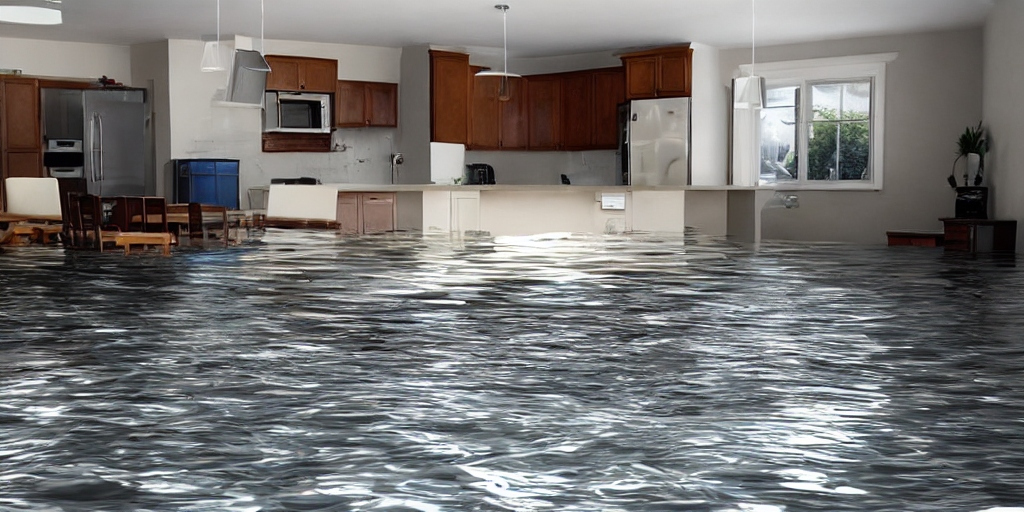Water damage is a common and often devastating issue that many homeowners face. Whether it’s due to a burst pipe, flooding, or a leaking roof, the aftermath of water damage can be overwhelming. In such situations, swift and effective remediation is crucial to prevent further damage and restore your property. In this guide, we’ll explore the methods of remediation for water damage and provide essential insights on what to do immediately after water damage occurs.
Methods of Water Remediation
Water damage remediation involves a series of methods aimed at drying, cleaning, and restoring the affected areas. These methods are crucial for preventing mold growth, structural damage, and other long-term issues. Here are some key methods used in water damage remediation:
- Water Extraction: The first step in remediation is removing standing water. Powerful pumps and vacuums are used to extract water from the affected areas.
- Drying and Dehumidification: After water extraction, the drying process begins. Industrial-strength dehumidifiers and high-speed air movers are employed to remove moisture from the air and surfaces.
- Cleaning and Sanitizing: Any salvageable belongings are thoroughly cleaned and sanitized to prevent the growth of bacteria and mold. This step is crucial for ensuring a safe and healthy living environment.
- Restoration of Damaged Areas: Once the affected areas are dry and sanitized, the restoration process begins. This may involve repairing or replacing damaged walls, flooring, and other structural elements.
Also Read: Remediation Water Damage: A Comprehensive Guide to Restoration
Immediate Actions After Water Damage
Knowing what to do immediately after water damage occurs can make a significant difference in the remediation process. Here are some crucial steps to take:
- Safety First: Ensure the safety of yourself and others. Turn off the electricity and avoid contact with the water if it’s from a contaminated source.
- Document the Damage: Take photographs or videos of the damaged areas. This documentation can be valuable for insurance claims and the remediation process.
- Contact Professionals: While there are DIY remediation for water damage steps, it’s often best to contact professionals for a thorough assessment and remediation. They have the expertise and equipment to handle the situation effectively.
- Remove Standing Water: If it’s safe to do so, start removing standing water using mops, buckets, or a wet/dry vacuum. The sooner water is removed, the less damage it can cause.
Remediation in Water Treatment
In the context of water treatment, remediation refers to the process of restoring water quality by removing contaminants. This is crucial for ensuring that water is safe for consumption and use. Various methods, including filtration, chemical treatment, and sedimentation, are employed to remediate water and make it suitable for various purposes.
Restoration vs. Remediation
While the terms “restoration” and “remediation” are often used interchangeably, they have distinct meanings in the context of water damage:
- Remediation: This involves the immediate actions taken to stop further damage and return the affected area to a safe condition. It focuses on preventing the escalation of the problem.
- Restoration: This comes after remediation and involves the process of restoring the property to its pre-damaged state. It may include repairs, replacements, and cosmetic improvements.
Understanding the difference between these terms is essential when dealing with water damage, as both processes play a crucial role in the overall recovery.
Water Damage Remediation

When considering residential remediation for water damage, it’s essential to explore options that fit your specific needs. DIY remediation for water damage may be an option for minor incidents, but for significant damage, seeking professional help is advisable. Costs for remediation can vary, and factors such as the extent of damage, the source of water, and the affected areas all contribute to the overall remediation for water damage cost.
Popular companies like Home Depot and Servpro offer water damage restoration services. Home Depot, known for its diverse range of products, also provides remediation solutions, including equipment and supplies for those opting for a more hands-on approach. Servpro, a professional remediation and restoration company, can assist with the entire process, ensuring a thorough and effective solution.
Understanding the water mitigation vs. remediation distinction is also crucial. Water mitigation focuses on reducing the initial damage by taking swift actions, such as water extraction and drying. Remediation, on the other hand, involves the comprehensive process of restoring the property after the initial damage has occurred.
Also Read: Remediation for Water Damage: A Comprehensive Guide
Conclusion
prompt and effective remediation for water damage is essential for minimizing the impact of water-related incidents. Whether opting for DIY methods or seeking professional assistance, understanding the methods involved, immediate actions to take, and the difference between restoration and remediation is key to successful recovery. Always prioritize safety and, when in doubt, consult with professionals to ensure a thorough and efficient remediation process.










